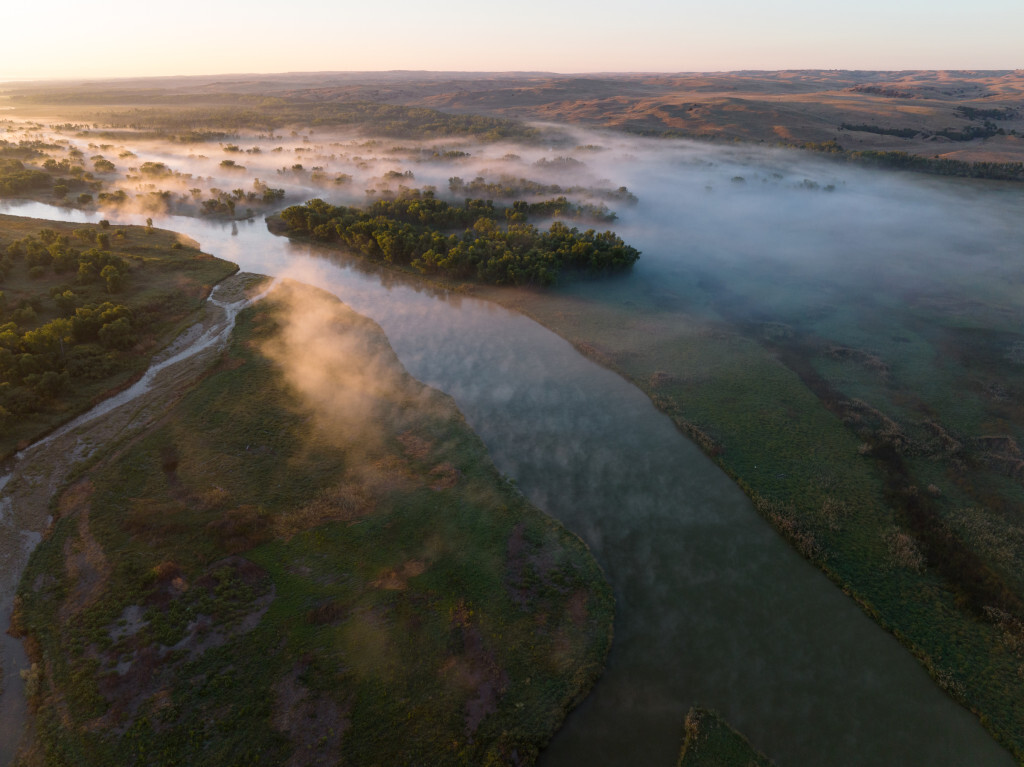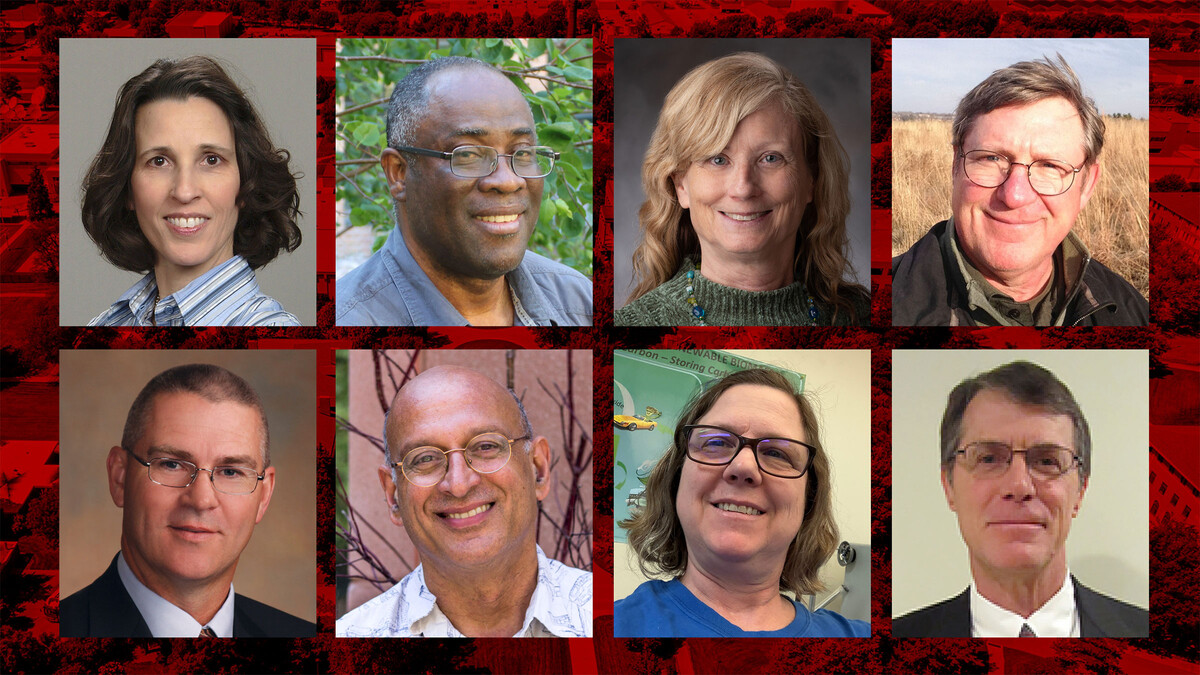
Lincoln, Neb. —Platte Basin Timelapse, housed within the School of Natural Resources at the University of Nebraska—Lincoln’s Institute of Agriculture and Natural Resources has released expanded wetlands educational content in collaboration with Nebraska Game and Parks.
These new resources offer the opportunity to learn about Nebraska’s five diverse wetland types, as well as grow one’s understanding of their importance to the state, its people and its wildlife.
Expanded content includes:
- Five documentary films about Nebraska’s wetlands and the wildlife and people who depend on them. These films, created by Platte Basin Timelapse at the University of Nebraska-Lincoln, highlight Nebraska’s sandhills, playas, saline, riverine and urban wetlands. Viewers take a journey across the state, meet people working to conserve these spaces, and see landscapes and wildlife few get to experience;
- An updated “Guide to Nebraska’s Wetlands and their Conservation Needs,” available in print and PDF form. The full-color publication covers in-depth 14 Nebraska wetland systems;
- A new booklet, “Wetlandology,” a child-friendly, activity-filled publication on Nebraska’s wetlands and the plants and animals that love them;
- Five digital stories from PBT producers Mariah Lundgren, Ethan Freese, Grant Reiner, Dakota Altman and Brooke Talbott. These ESRI StoryMaps integrate maps, text, photos and video to generate an interactive learning experience; and
- An educator guide to the products and two educational videos with paired lesson plans, which are nearing completion and will be shared soon.
Find all of these resources and more at NebraskaWetlands.com.
This project was led by the Nebraska Game and Parks Commission and funded by a grant from the U.S. Environmental Protection Agency. Other project partners included the Nebraska Cooperative Fish and Wildlife Research Unit at Nebraska and Ducks Unlimited.
World Wetlands Day is celebrated each year on Feb. 2 to raise awareness about wetlands. In Nebraska, our wetlands provide important habitat for 50% of our birds and plants, 100% of our amphibians and fish, a third of our mammals and reptiles, and 70% of threatened or endangered species.
In addition to these benefits, they also improve water quality, recharge groundwater, protect us from flooding and provide places to recreate.
“In many places, Nebraska’s wetlands have suffered losses and face ongoing threats putting their benefits at risk,” said Ted LaGrange, Game and Parks’ wetlands program manager, who led the project. “We hope sharing these stories about Nebraska’s wetlands will help to improve the conservation of these important areas.”







